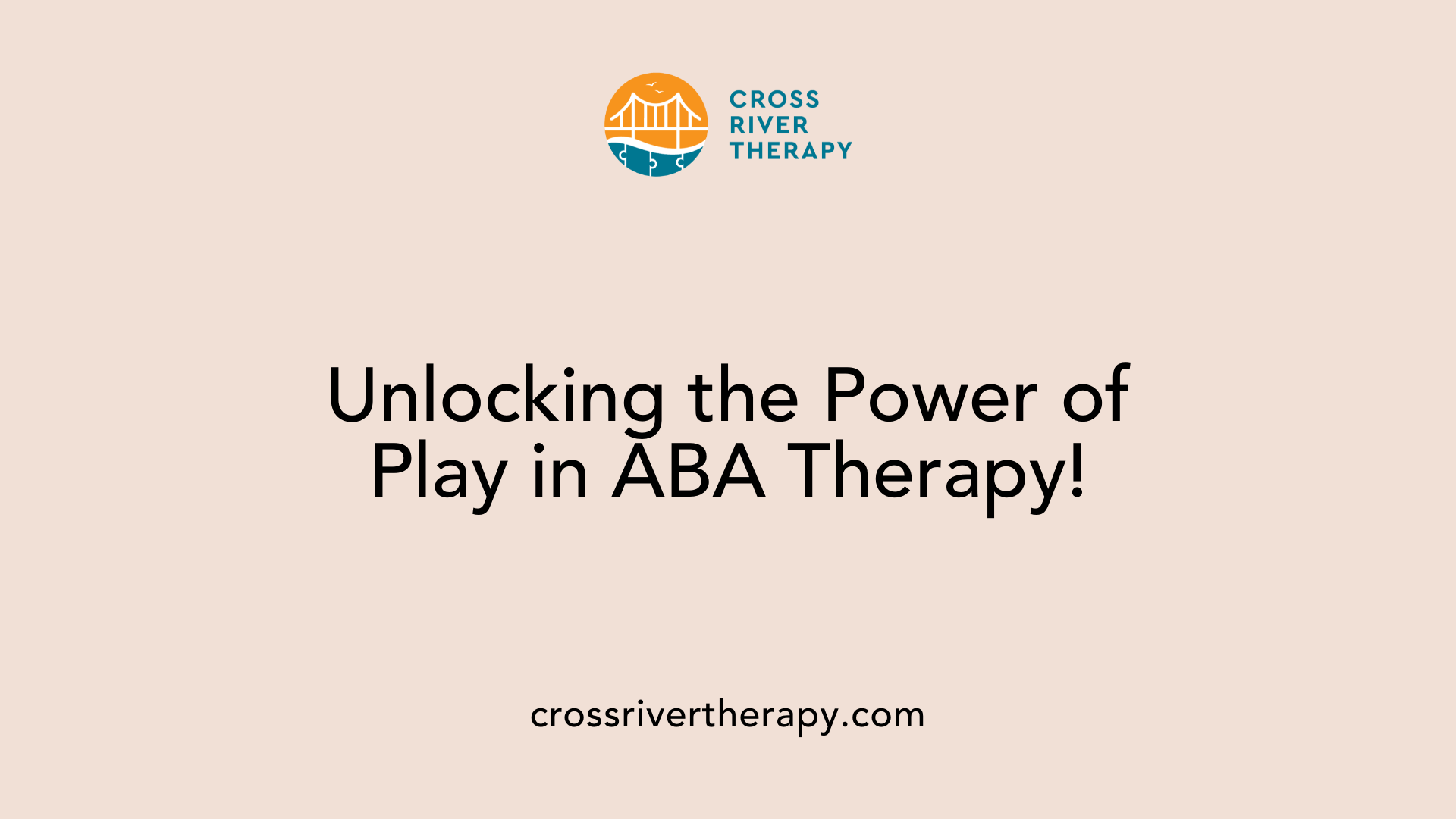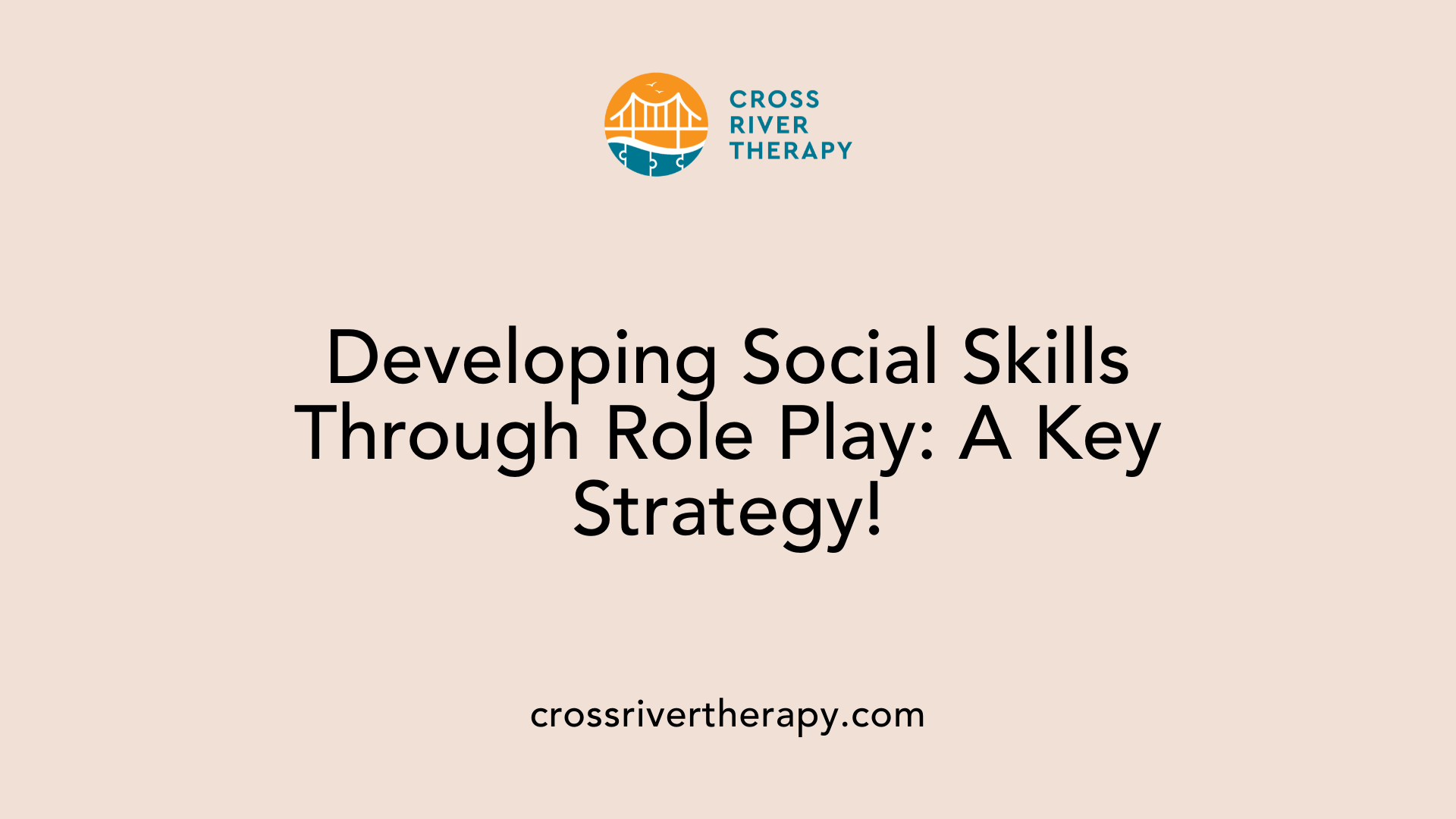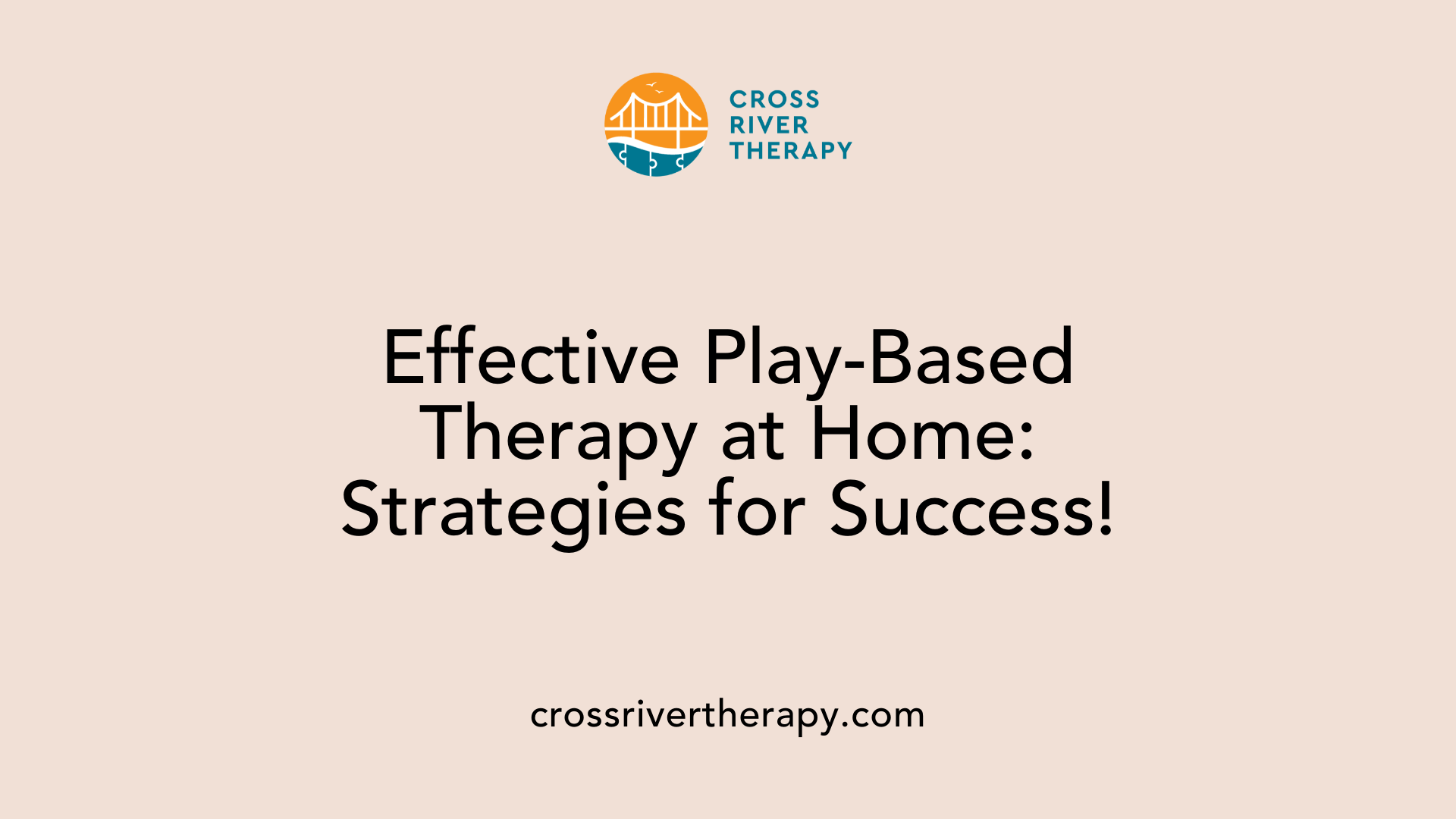The Role of Play in At-Home ABA Therapy Sessions
Harnessing Play for Effective In-Home ABA Therapy
Understanding the Power of Play in ABA Therapy
Play is a fundamental aspect of child development, especially critical for children with autism spectrum disorder (ASD). In the context of Applied Behavior Analysis (ABA) therapy, play transcends mere fun, becoming a vital tool for teaching and reinforcing essential skills. By integrating play into at-home ABA therapy sessions, parents and therapists can create a supportive, engaging environment that enhances learning and promotes skill generalization. This narrative explores the importance of play, its structured and natural forms, and how it can be effectively incorporated into home-based therapy to support children with ASD.
Integrating Play into Home Routines

How can I incorporate ABA therapy into home routines?
To successfully integrate ABA therapy into home routines, begin by establishing consistent schedules for daily activities, such as meals, playtime, and bedtime. Children with autism particularly benefit from the predictability of structure.
Establishing structured routines at home
Creating a structured routine helps children understand what to expect throughout the day. Consider using visual supports, such as picture schedules and timers, which can aid your child in transitioning between activities. This method enhances communication by making routines tangible and manageable.
Utilizing visual supports and positive reinforcement
Focus on one specific skill or behavior at a time. Utilize ABA principles like positive reinforcement, prompting, and shaping to encourage your child to engage in desired behaviors. For instance, you can reward them with praise or a small reward when they complete a task successfully, reinforcing their engagement in play-based activities.
Maintaining consistent communication with therapists
Keep track of your child's progress by collecting and analyzing data. This will allow you to make adjustments to your strategies as needed. Maintaining open communication with your child's therapist is crucial to ensure that you are consistent in your approach. They can provide insights and adaptations that work best for your specific situation.
By following these steps, you can effectively integrate ABA therapy principles into your daily home routines, creating an engaging and structured environment essential for your child's development.
The Importance of Play in ABA Therapy

Why is play important in ABA therapy?
Play is vital in ABA therapy as it helps to create a trusting atmosphere where children feel comfortable to engage and learn. By introducing fun and preferred activities, therapists can focus on the child’s interests, making therapy enjoyable and effective. This alignment with the child’s preferences significantly enhances their participation and motivation during sessions.
Enhancing engagement through preferred activities
Utilizing activities that resonate with children not only fosters enjoyment but also elevates engagement. This approach allows therapists to incorporate specific skills into playful settings to facilitate learning. Examples of structured play activities might include games like 'Simon Says' to teach following instructions, while imaginative play can encourage social skills and turn-taking.
Supporting Natural Environment Teaching (NET)
Natural Environment Teaching integrates learning into daily routines and activities, making educational moments spontaneous and relevant. This method encourages interactions based on the child’s interests, allowing them to apply learned skills in real-world contexts. Using naturalistic play, therapists can observe and engage with children in familiar surroundings, further building skills through genuine interactions.
Facilitating communication and relationship building
Through play, communication skills can flourish, whether in verbal exchanges or through gestures. The interactive nature of play fosters relationships between the child and therapist, important for therapeutic progress. Children learn to share, cooperate, and express emotions, essential aspects of social development. This supportive environment enhances both self-regulation and emotional expression, which is particularly beneficial for children on the autism spectrum.
Structured Play in ABA Therapy

What are the benefits of structured play in ABA therapy?
Structured play in Applied Behavior Analysis (ABA) therapy is designed to enhance learning while making sessions enjoyable for children, particularly those with autism spectrum disorder (ASD). One significant benefit is its ability to promote critical skills in a supportive environment. Through structured activities, children can develop communication skills, social interaction, and even problem-solving abilities while engaging in fun tasks that align with their interests.
Building trust and rapport is another advantage of structured play. When therapists incorporate a child’s personal interests into learning activities, it creates a more engaging and personalized experience. This connection not only helps children feel more comfortable but also increases their enthusiasm for participation.
Moreover, structured play offers unique opportunities for Natural Environment Teaching (NET). By engaging in play during natural settings, children are motivated to participate in learning activities in a way that feels spontaneous and organic. This approach encourages the development of essential skills like patience and rule-following and enhances verbal and non-verbal communication. A consistent routine within play provides predictability, which is particularly beneficial for children on the autism spectrum.
Ultimately, structured play in ABA therapy plays a crucial role in fostering meaningful relationships, enhancing emotional and educational development, and ensuring that newly acquired skills are generalized across various contexts.
The Role of Role Play in Skill Development

Practicing Social Skills Through Role Play
Role play in ABA therapy is an essential technique that aids children, particularly those with autism spectrum disorder (ASD), in honing vital social skills. This method provides a structured yet play-based environment where children can engage in various scenarios, helping them understand and navigate social interactions more effectively. By breaking down complex interactions into manageable parts, children can focus on specific skills, such as sharing or turn-taking, in a safe space.
The use of role play encourages children to practice these skills repetitively, reinforcing their learning. As they navigate through different characters and situations, they gain insights into emotional expressions and social cues vital for healthy interactions.
Using Behavioral Skills Training (BST)
Incorporating Behavioral Skills Training (BST) into role play enhances its effectiveness. BST combines components such as instruction, modeling, rehearsal, and feedback, providing a comprehensive approach to skill development. For instance, a therapist may first explain the social skill being targeted, then model the correct behavior, allowing the child to practice in a role play setting.
Throughout this process, immediate feedback ensures the child understands what went well and where improvements are needed. This constructive reinforcement builds confidence and competence, allowing children to transfer their skills from the therapy setting to real-life situations.
By implementing role play and BST in ABA therapy, we not only help children improve their social skills but also promote their overall participation and engagement in various social environments.
Strategies for Effective Play-Based Therapy at Home

Engaging children with tailored play activities
Engaging children in therapy through tailored play activities can significantly enhance their learning experience. Using toys and games that align with the child's interests not only boosts motivation but also helps them focus better during therapy sessions. For example, using a child’s favorite characters in structured games like 'Simon Says' can teach following instructions and turn-taking in a fun setting. Moreover, creating a conducive environment by ensuring a clean and flat surface for play aids in maintaining concentration and facilitates effective skill acquisition.
Involving families in the therapeutic process
Family involvement is crucial in maximizing the effectiveness of at-home ABA therapy. Parents can participate actively by reinforcing the skills learned during therapy sessions through everyday interactions. Encouraging open communication between therapists and families about goals and progress can also create a collaborative atmosphere. This partnership helps ensure that strategies used during therapy extend into home life, enhancing skill generalization and retention for the child.
Utilizing various play-based learning techniques
Incorporating a range of play-based learning techniques can cater to individual children's needs in therapy. Techniques such as Discrete Trial Training (DTT), Incidental Teaching, and Pivotal Response Training can be seamlessly integrated into play activities. These methods enable spontaneous learning opportunities that arise during naturalistic play, allowing children to practice social interaction skills, problem-solving, and self-regulation in various contexts.
By combining engaging activities, family participation, and diverse learning techniques, parents can create an enriching therapeutic environment that supports their children’s growth.
Best Practices for At-Home ABA Therapy
Here are some best practices for maximizing the effectiveness of at-home ABA therapy through play:
| Practice | Description | Benefits |
|---|---|---|
| Clear Expectations | Set and communicate specific goals for each session. | Enhances focus and understanding of tasks. |
| Open Communication | Maintain dialogue between families and therapists about goals and achievements. | Builds a supportive network around the child. |
| Tailored Activities | Use activities that reflect the child's interests and strengths. | Increases engagement and motivation. |
Conclusion: The Transformative Power of Play
In conclusion, incorporating play into at-home ABA therapy sessions is not just beneficial but essential for fostering the development of children with autism spectrum disorder. Through structured activities, role play, and naturalistic learning opportunities, therapy becomes an engaging and enjoyable process that supports skill acquisition and generalization. By adopting best practices and harnessing the power of play, caregivers can maximize the effectiveness of ABA therapy, paving the way for meaningful progress and success in the lives of children with ASD.
References
- The Role of Play in ABA Therapy | Behavioral Consulting for Autism
- Harnessing the Power of Play in ABA Therapy for Children
- Play-Based ABA Therapy at Home - ABATherapistJobs.com
- Play therapy in children with autism: Its role, implications, and ...
- ABA Therapy and Play: How Structured Play Supports Learning
- Incorporating Play and Fun into ABA Therapy - Stand Out Corp
- 5 Ways to Prepare Your Home for In-Home ABA Therapy | Blog
- Why Play is Essential to ABA Therapy for Autistic Children



